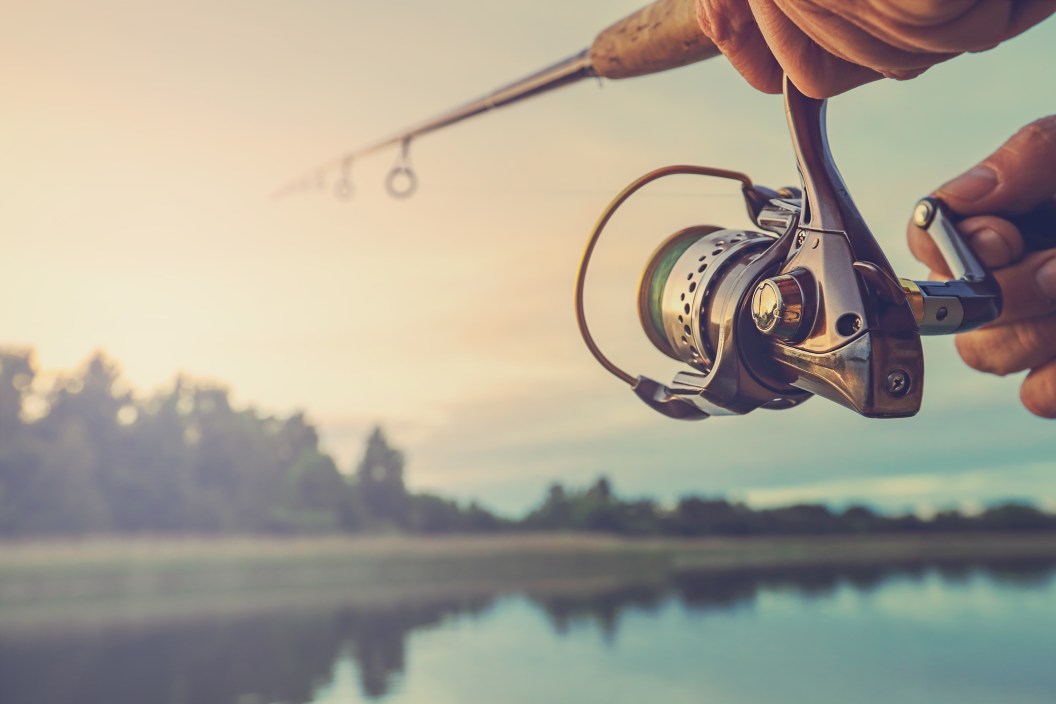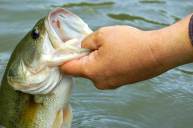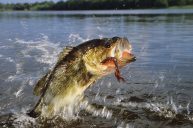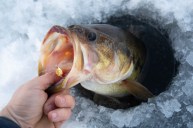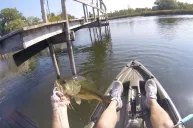Bass fishing during spawn season can be rewarding, as the actively reproducing fish are fairly easy to catch. But the post-spawn lull, where bass are neither breeding nor feeding heavily, sends a lot of anglers back inside to wait until summer hits. And fair enough: This post-spawn funk makes the fish unpredictable for a few weeks as they seem to disappear into the water just to be alone for a while. But they can still be found—and they can certainly be caught.
You likely already know the best bass fishing tips for spawn season, which are largely based on how the fish act. Well, figuring out bass fishing after spawn is no different. Despite having been on hunger strike for a few weeks, post-spawn bass like to rest for a little while longer. When they do move off their beds, usually between April and late June, you just need to know where to look and how to catch them.
Here are the best post-spawn bass fishing tips from an experienced angler that can help make or break your early-summer season.
Where to Find Bass Post-Spawn
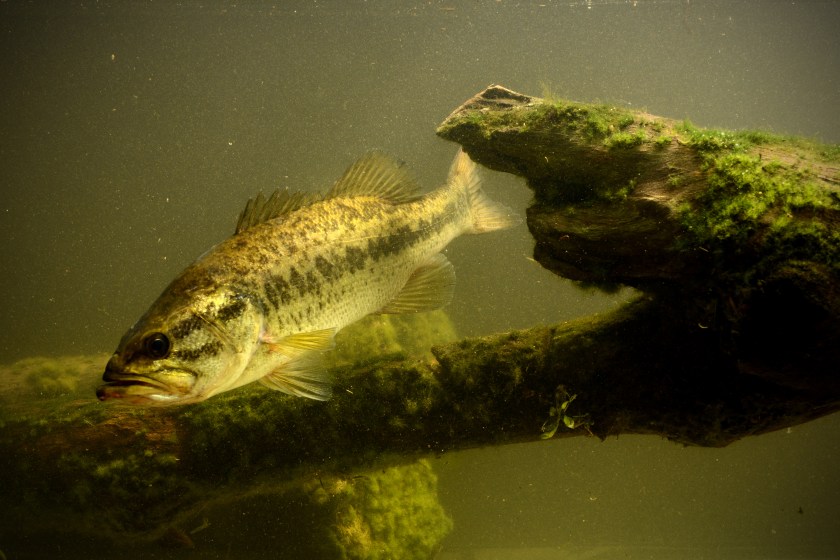
Getty Images, FtLaudGirl
Bass that can be seen seem to cruise at this time with anything but feeding on their mind, so you're going to need something that gets their attention. They also tend to stay in the shallows after spawning, or many will relocate to areas that are adjacent to where they made their nests such as ledges, points, bridge pilings, and other slow-water spots.
What that means for you: Lean on your electronics to find drop offs and ledges. focus on water in the 6 to 10-foot range. Search for cover in that depth range, whether it's sunken wood, vegetation, or boat docks in area that are in the vicinity of spawning areas. Reaction baits such as spinnerbaits, buzzbaits, and swimbaits will let you know where the males are still lurking and give you an idea where the bigger females can be found.
In lakes and impoundments that are a more consistent depth throughout, turn to your good polarized sunglasses to discern different weed types and find likely fish-holding areas near spawning grounds.
As they relate to stumps and sunken logs that were prime bedding areas, they will now locate themselves into deeper weedbeds adjacent to the same area so that they can rest and find shade. If you can find brush, weeds, or other grass with 5 to 10 feet of depth, you will find bass since there is cover along with cooler temperatures.
Bass that have spawned in the shallows will move towards the nearest deeper water, often suspending there since the water temperature is rising but not hot yet. Here's where finesse baits, like a three or four-inch soft plastic shad or lizard rigged Carolina-style, get right in their face and work well.
For areas like bridges and drop-offs, suspending crankbaits and stickbaits will help to reach the depth where the fish are located, and then stay there when you stop reeling.
Best Bait and Lures for Fishing Post-Spawn Bass
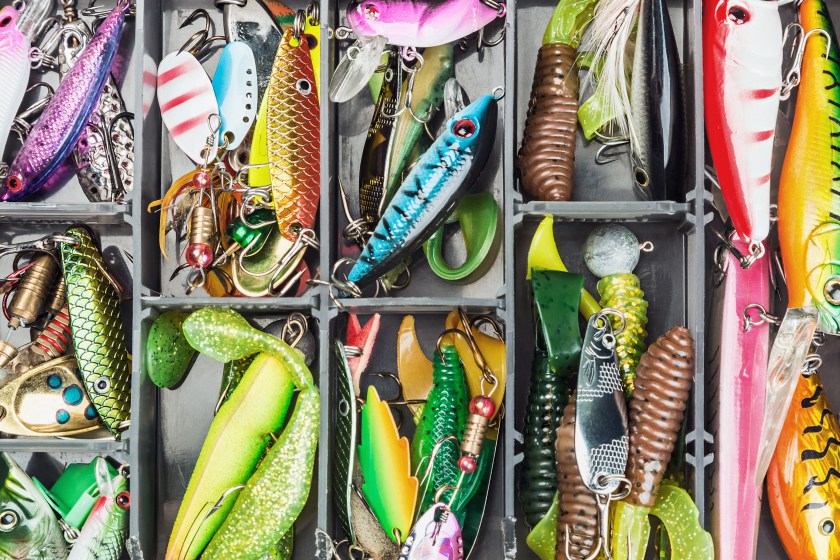
Getty Images, DoroO
One promising item to pay close attention to is the fact that the once the baitfish have completed their spawning process, they will in turn begin to migrate to summer staging areas. In the few weeks after the spawn, bass are slow to return to their usual ways—so finding bait is where you will find the bass.
What that means for you: Shad, bluegill, golden shiners, and any other local baitfish tend to spawn right around this time making them easy prey for fish that are moving away from their own nests. Now is a great moment to throw your favorite spinnerbait (I prefer white) as a reaction bait to find fish that are actively feeding.
Alternatively, I love tying on a black or purple power worm or swimbait at this time to mimic the colors of bedding bluegill by casting adjacent to the former bedding area and slowly bringing the bait back to deeper water.
Carolina rigged worms, Texas rigged worms, and topwater baits (which are the most fun) are some of the best choices to use at this time, since many bass are beginning to stage towards their summer haunts in deeper water.
Lastly, don't let water of that depth deter you from trying topwater baits as I've caught many bass in water that deep using a buzzbait. Stick with the colors and patterns that are natural to the area at this time: blue, gold, white, and chartreuse all look like something that's meant to be in those areas during the late spring and early summer.
